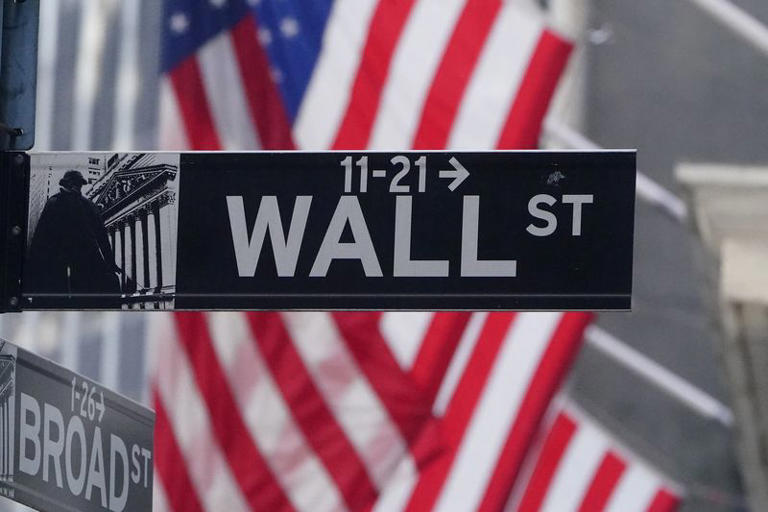Investors are increasingly considering the potential impact of the upcoming 2024 U.S. presidential election on financial markets, alongside factors such as earnings and monetary policy.
During his recent State of the Union address, President Joe Biden proposed raising corporate taxes, contrasting with the tax cuts implemented by his predecessor, Republican candidate Donald Trump, in 2017. Biden also highlighted the economic progress achieved during his administration.
The implications of these policy proposals, along with other potential initiatives from presidential candidates, are uncertain in terms of their influence on asset prices. Moreover, with Congress expected to remain narrowly divided, enacting significant legislative changes could prove challenging for the election winner.
Despite this uncertainty, some strategists are evaluating how the political landscape may intersect with other market-driving factors, such as advancements in artificial intelligence and evolving expectations regarding Federal Reserve monetary policy. Against this backdrop, the S&P 500 index has seen a year-to-date increase of approximately 7.4% and is hovering near its all-time high.
Paul Christopher, head of global market strategy at Wells Fargo Investment Institute, noted that investors are increasingly considering political dynamics alongside other market variables. However, predicting the election outcome remains challenging due to the closely contested nature of the race.
The closely matched status of presidential candidates Biden and Trump, both in terms of age and public opinion polls, underscores the uncertainty surrounding the upcoming election. Despite the U.S. economy’s relatively favorable performance compared to other high-income countries, Trump receives higher marks from Americans on economic issues, according to polls.
Biden’s recent proposals, including raising the corporate minimum tax to 21% for companies reporting over $1 billion in profit and renewing the “billionaire tax” proposal targeting Americans with assets exceeding $100 million, reflect his administration’s priorities. However, passing any tax policy proposal is expected to face significant challenges due to partisan divides.
Larry Tentarelli, chief technical strategist for Blue Chip Daily Trend Report, emphasized the likelihood of tax policy proposals becoming contentious along party lines.
The outcome of the election will likely shape fiscal policy, with analysts suggesting different scenarios based on potential Republican or Democratic victories. A Republican sweep could extend the 2017 tax cuts, potentially leading to higher inflation. In contrast, a Democratic sweep might result in higher taxes on higher-income households and corporations, as per analysis from Wells Fargo.
In election years where a president seeks re-election, the S&P 500 has historically experienced an average gain of 15.5%, outpacing the overall average annual return of 12.8% since the end of World War II, according to CFRA data. However, election years also tend to be marked by increased volatility. Analysts at BofA Global Research observed that the Cboe Volatility Index (VIX) typically rises by an average of 25% from the second quarter to November during election years. This volatility often subsides after election day as uncertainty is resolved.
BofA Global Research recently raised its target on the S&P 500 to 5,400, up from 5,000, reflecting optimism about market prospects. However, futures on the Cboe Volatility Index indicate investor caution regarding potential market swings related to the election.
Historical trends suggest that year-to-date gains in the S&P 500 leading up to the primary elections have favored the incumbent president’s political party winning the election 80% of the time since 1976, according to data from LPL Financial. Despite this, recent market movements have shown a correlation between the S&P 500’s rise and Trump’s standing in national polls.
Jeff Buchbinder, chief equity strategist for LPL Financial, highlighted the strength of the economy and its potential impact on voter sentiment.
In addition to election dynamics, investors are closely monitoring economic data, particularly U.S. job growth and consumer price data. While job growth accelerated in February, other indicators such as the unemployment rate and wage gains suggest continued uncertainty about the Federal Reserve’s monetary policy direction. Consumer price data scheduled for release on March 12 will provide further insights into inflation trends and their implications for future rate cuts.
Jeff Schulze, head of economic and market strategy at ClearBridge Investments, emphasized the significance of wage trends and CPI data in shaping the Federal Open Market Committee’s (FOMC) outlook on inflation and interest rates.
